Jazz Chord Progressions on 6 String Bass – Part 2 – Bass Practice Diary – 8th October 2019
Here’s Part 2 of the video I started last week about playing jazz chord progressions on six string bass. Last week I was looking at the chord progression I III IV V. And I came up with some diatonic voicings on my six string bass to take me through that progression in a few different keys. This week I’m including some common and simple chord alterations that you can add, to make that chord progression sound more interesting.
I – III7 – IV – V
I mentioned last week that there are two common ways to play through the I III IV V progression. The first is with a minor 7th chord on chord III. Which is the correct voicing if you harmonise all the chords according to the major scale of the key you’re in (diatonic harmony). But there is a common jazz alteration, which is to play the III chord as a dominant 7th chord. Listen to the opening chords on the melody of the jazz standard Someday My Prince Will Come and you’ll recognise that sound.
Here is how I would play that chord progression in the key of E on a six string bass.

You’ll notice that I’ve included either extensions or alterations on each voicing except the very first one. The first chord is E major 7th, which I’ve voiced like this.
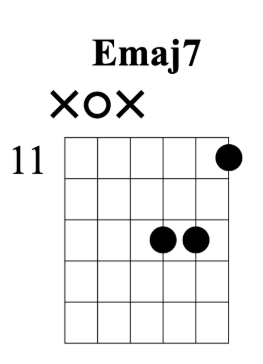
There is one obvious alteration that I could make to this chord, which would be a sharpened 4th (commonly referred to as 11th). That chord alteration would change the sound of Chord I to a Lydian sound. The chord would look like this.

Chord III7 and IV
In the example in the video I’ve played the III chord as G#7b13, like this.
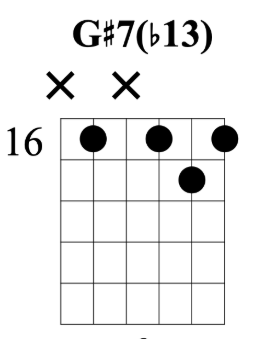
But it’s important to understand that it isn’t the b13 note which is the outside note in this key. The G#7 chord is already a chord substitution because the major 3rd, C (or B#) isn’t in the key of E major. The b13 note is actually the note E, which obviously is in the key of E major.
The IV chord I’ve played like this.
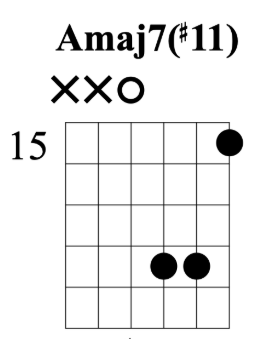
The inclusion of the #11 here is a normal diatonic note to play on a IV chord in a major key. A simple chord substitution here would be to play F# minor 7th instead of A major.
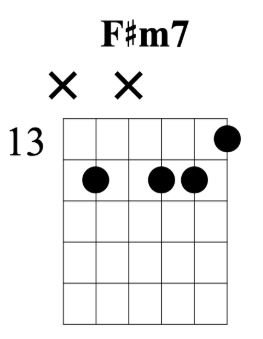
Chords V and I
The V chord is where you can really have some fun with extensions and alterations. In my example I’ve used a B7b13 voicing.
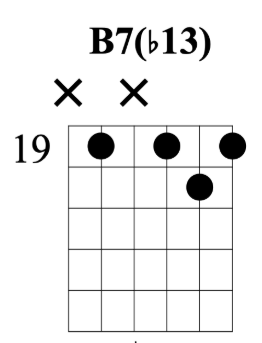
But you can also alter the 9th by sharpening or flattening it.
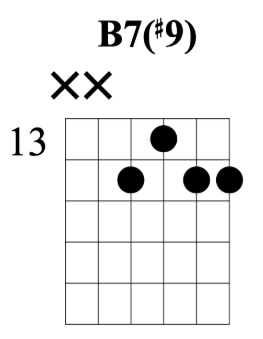
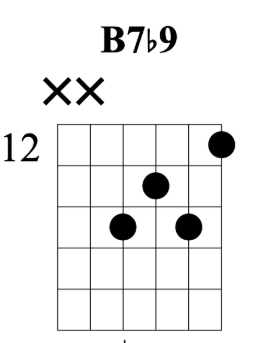
And you can even alter the 5th by flattening it as well. These kind of altered dominant sounds would often be used as chord V in a minor key. Chord V in a major key would be more conventionally played without alterations, such as B9 or B13.

But I really like the use of the b13 in this case, especially because I’ve voiced the final I chord as E major 9th with the ninth at the top.
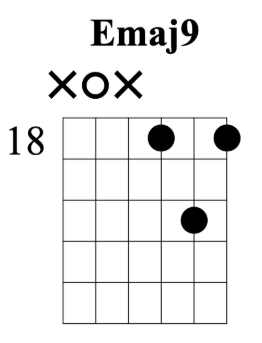
So those two chords, B7b13 – Emaj9, create a little chromatic melodic movement. The b13 on the B chord is the note G, which drops onto the F# which is the 9th of the E major chord. It could also go chromatically up onto G# which would be the major 3rd of the E major chord. These are chromatic approach notes which are a common melodic device used in jazz.
Keep following my weekly practice diary on Johnny Cox Music for many more videos about jazz chord progressions coming up soon.

